Ever wondered about the secret messages hidden in those ancient squiggles and shapes? They’re like little puzzle pieces that tell fascinating stories about our ancestors. These symbols have been etched on everything from cave walls to grand statues, and they’re bursting with clues about what people believed, what they valued, and what they were dreaming about. From the famed hieroglyphs of Egypt to the intricate designs on Native American rocks, these symbols have been evolving and changing throughout time and across cultures. But they all have one thing in common: they’re a treasure-trove of cultural significance. By cracking the code of these enigmatic symbols, we’re not just learning about the past, we’re building a bridge to our ancestors and getting a glimpse into their unique worldview.
Ancient Symbols and Their Mesmerizing Meanings
Imagine stepping into a time machine and exploring the tapestry of human history through the enigmatic language of ancient symbols. These captivating images hold the keys to unlocking the beliefs, values, and aspirations of civilizations past.
From the serpentine Ouroboros, representing the endless cycle of life and death, to the celestial Sun Cross marking the rhythms of the year, each symbol whispers a unique tale. The Scarab beetle carries the promise of transformation and renewal, while the All-Seeing Eye casts a protective gaze upon us, reminding us of divine guidance.
Discover the Intriguing World of Ancient Symbols:
| Symbol | Symbolism | Cultural Connections |
|---|---|---|
| Ouroboros | Infinity, renewal, cyclical nature | Ancient Egypt, Greece, China |
| Lotus Flower | Purity, enlightenment, rebirth | Hinduism, Buddhism, Ancient Egypt |
| All-Seeing Eye | Divine guidance, protection, omniscience | Ancient Egypt, Christianity, Freemasonry |
| Sun Cross | Celts, Native Americans, Ancient Egypt | |
| Swastika | Good luck, prosperity | Ancient India, Hinduism, Jainism |
| Ankh | Life, fertility, eternal life | Ancient Egypt |
| Scarab Beetle | Creation, transformation, rebirth | Ancient Egypt |
| Phoenix | Rebirth, immortality, resilience | Ancient Greece, Christianity, Chinese mythology |
| Celtic Symbols | Tribal identity, unity, harmony | Celtic cultures |
| Mayan Symbols | Power, wisdom, timekeeping | Mayan civilization |
| Buddhist Symbols | Enlightenment, compassion, the path to liberation | Buddhism |
| Greek Mythology Symbols | Gods, heroes, epic narratives | Ancient Greece |
| Mapuche Symbols | Cultural identity, spirituality, connection to the land | Mapuche people of South America |
| Flower Symbols | Emotions, virtues, beauty | Various cultures worldwide |
| Adinkra Symbols | Proverbs, values, wisdom | West African culture |
Cultural Influences:
It’s fascinating to note that the meanings of ancient symbols can evolve over time and across cultures. The Swastika, for example, once held a positive connotation in India, but its association with Nazi Germany has forever tainted its image.
Delving into the captivating world of ancient symbols is like embarking on a journey through time. These enigmatic symbols connect us to our ancestors, unveil the foundations of our collective heritage, and continue to inspire and fascinate us today.
Discover the intriguing secrets of the celtic symbols, a collection of ancient mystical signs that evoke a profound connection to Celtic culture. From the intricate knots of the gaelic symbols to the powerful emblems of the irish celtic symbols, immerse yourself in the rich heritage of these ancient civilizations. Explore the profound meanings embedded within scottish symbols, symbols that reflect the nation’s proud history and captivating landscapes. Delve into the enigmatic realm of meaningful ancient symbols, unlocking the wisdom and spirituality that have captivated humankind for centuries.
How Ancient Symbols Have Transformed Across Time and Cultures
Symbols from ancient times, like hidden messages etched by our ancestors, have always fascinated us. They’re like a visual language, conveying thoughts and feelings that words just can’t. Over thousands of years, these symbols have evolved, adapting to different cultures and changing times.
It’s amazing to think about how early cave drawings evolved into intricate hieroglyphics that adorned Egyptian tombs. Symbols have been a powerful way for people to express themselves and connect with each other. They’ve helped shape the beliefs, values, and hopes of civilizations long gone.
When we unravel the meanings of these mysterious symbols, we’re actually getting a peek into the minds of people who lived centuries ago. It’s like a window into their world, showing us their passions, fears, and dreams.
Here’s a look at how some ancient symbols have evolved over time:
| Symbol | Origin | Meaning | Evolution |
|---|---|---|---|
| Sun | Many cultures | Power, light, life | Depicted as a circle, later with rays |
| Moon | Many cultures | Fertility, mystery, night | Often associated with the goddess |
| Ankh | Ancient Egypt | Life, eternity, fertility | Became a symbol of Christianity |
| Yin-Yang | Ancient China | Balance, harmony, duality | Used in Taoism and traditional medicine |
These are just a few examples of how ancient symbols have evolved and changed across cultures. Each one carries a rich history and a profound connection to the people who created and used it. By deciphering these symbols, we not only appreciate their artistic beauty but also gain a greater understanding of the cultures they represent.
What are the most common ancient symbols and what do they represent?
Ancient symbols, like secret codes of the past, hold immense significance. They’re like whispered tales, telling stories of beliefs, hopes, and fears. Let’s dive into a few that have left their mark on history.
Ankh: A Breath of Life
Picture a cross with a loop on top. That’s the Ankh, a symbol the ancient Egyptians cherished like life itself. It represented eternity, the eternal flow of life and death.
Ouroboros: The Endless Cycle
Imagine a serpent swallowing its own tail. That’s the Ouroboros, a symbol of infinity and the cyclical nature of existence. It teaches us that endings are just new beginnings.
Pentagram: A Shield of Protection
Think of a five-pointed star, the Pentagram. In many cultures, it’s been a symbol of protection, balance, and harmony. Some believed it warded off evil spirits, while others saw it as a representation of the human body.
Yin-Yang: A Dance of Opposites
This ancient Chinese symbol shows a perfect balance of black and white, light and dark. It reminds us that even in opposites, there’s a harmonious dance.
Deities and Concepts: Greek and Egyptian Symbolism
Greek symbols often depicted their gods and goddesses. Zeus, the king of the gods, was known for his thunderbolt. And the owl represented wisdom, guiding people through knowledge.
Egyptians, too, had their unique symbols. Hieroglyphs, the picture-like script, told stories of deities and religious beliefs.
Swastika: A Troubled Symbol
The swastika, once a symbol of prosperity in ancient India, was twisted into a symbol of hate by Nazi Germany. Its original meaning, however, is still cherished by some Eastern cultures.
Celtic Cross: A Blend of Faith
The Celtic cross, with its intricate interlacing, is a fusion of Christianity and Celtic traditions. It symbolizes the balance between the spiritual and the earthly realms.
These ancient symbols are like relics of a forgotten past, whispering stories that connect us to those who came before. They remind us that humans have always sought meaning and guidance in the world around them.
How Can Ancient Symbols Connect Us With Our Ancestors?
Unraveling the whispers of the past etched into ancient relics, we embark on a journey through time. Ancient symbols serve as threads that weave us to our forefathers, bridging the chasm between civilizations.
These symbols are not mere ornaments; they are windows into the hearts and minds of our ancestors. They spoke a universal language, transcending linguistic barriers and uniting diverse cultures. Like an ancient Esperanto, they conveyed messages, painted emotions, and narrated tales that resonated across generations.
From the enigmatic Ankh of the Egyptians to the harmonious Yin-Yang of Taoist tradition, ancient symbols carried deep spiritual significance. They embodied deities, cosmic forces, and eternal truths, shaping the very foundation of our ancestors’ beliefs.
Ancient symbols whispered universal truths that connected humanity across time and space. They depicted concepts like life, death, balance, and love, reminding us of our shared human experiences. They whispered of journeys, trials, and triumphs, echoing through the ages to resonate with our hearts.
Empowering Our Connection:
- Explore the Past: Delve into the history of ancient civilizations, uncovering the meanings behind their symbols.
- Attend Workshops: Participate in workshops led by experts who can guide you in deciphering ancient symbols.
- Visit Museums and Heritage Sites: Immerse yourself in the presence of relics and artifacts, allowing their symbols to speak to you.
- Study Ancient Texts: Read books and articles that explore the significance of ancient symbols, expanding your knowledge and understanding.
- Engage in Mindfulness: Practice mindfulness while observing ancient symbols, allowing their meanings to seep into your consciousness.
Ancient Symbols, Timeless Legacy:
- Bridging the Cultural Divide: Symbols united people across cultures, fostering understanding and empathy.
- Revealing Spiritual Truths: Ancient symbols unveiled insights into the religious and philosophical perspectives of our ancestors.
- Connecting Through Universal Truths: Symbols depicted concepts that resonated with humanity across time, reminding us of our shared human experiences.
- Honoring Our Heritage: Preserving and understanding ancient symbols pays homage to the rich legacy of our ancestors.
FAQ
Q1: What is the significance of ancient symbols in understanding our past?
A1: Ancient symbols provide valuable insights into the beliefs, values, and cultures of our ancestors. They serve as a window into the past, offering clues about the religious practices, social structures, and artistic expressions of ancient civilizations. By deciphering and interpreting these symbols, we gain a deeper understanding of the human experience and the evolution of human consciousness.
Q2: How have ancient symbols evolved over time and across cultures?
A2: Ancient symbols have undergone significant evolution over time and across different cultures. While some symbols, such as the sun and moon, retain their core meanings across cultures, others have evolved and taken on new meanings in different contexts. The same symbol can represent different concepts in different cultures, reflecting the diversity of human beliefs and experiences.
Q3: What are the most common ancient symbols and what do they represent?
A3: Some of the most common ancient symbols include the circle, triangle, square, swastika, and ouroboros. The circle often represents wholeness, infinity, and the divine. The triangle symbolizes the trinity, balance, and stability. The square represents stability, order, and the material world. The swastika represents good luck, prosperity, and the sun. The ouroboros, a snake eating its own tail, symbolizes infinity, eternity, and the cyclical nature of life.
Q4: How can we use ancient symbols to connect with our ancestors?
A4: Ancient symbols can serve as a bridge between us and our ancestors. By studying and understanding these symbols, we can gain insights into the minds and hearts of those who came before us. They provide a tangible link to our past, allowing us to appreciate the continuity of human experience and the wisdom that can be gleaned from the past.
Q5: What are the challenges and opportunities in interpreting ancient symbols?
A5: Interpreting ancient symbols can be challenging due to the passage of time, cultural differences, and the lack of written records. However, it also presents opportunities for collaboration between scholars, archaeologists, and historians. By combining diverse perspectives and using advanced research methods, we can gain a more comprehensive understanding of the meanings and significance of ancient symbols, unlocking the secrets of our collective past.
- Sept 31 Myth: Unveiling Calendar Secrets - March 18, 2025
- How Long & Till December 18, 2025: Accurate Countdown Guide - March 18, 2025
- Discover Japanese Artists: A Complete History - March 18, 2025
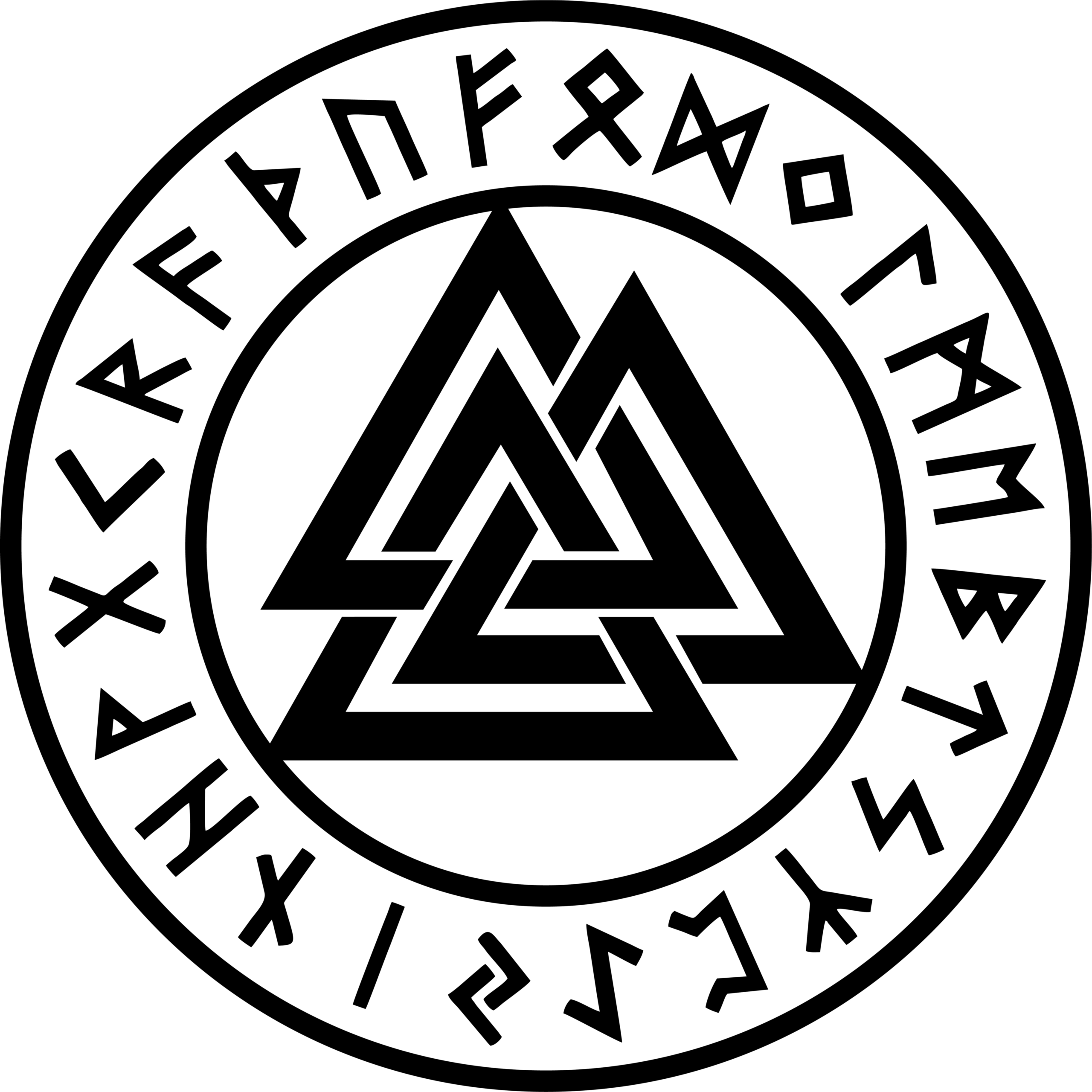
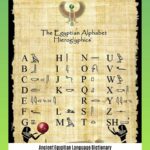


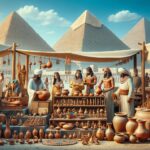
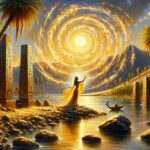
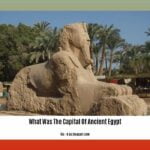










Comments are closed.